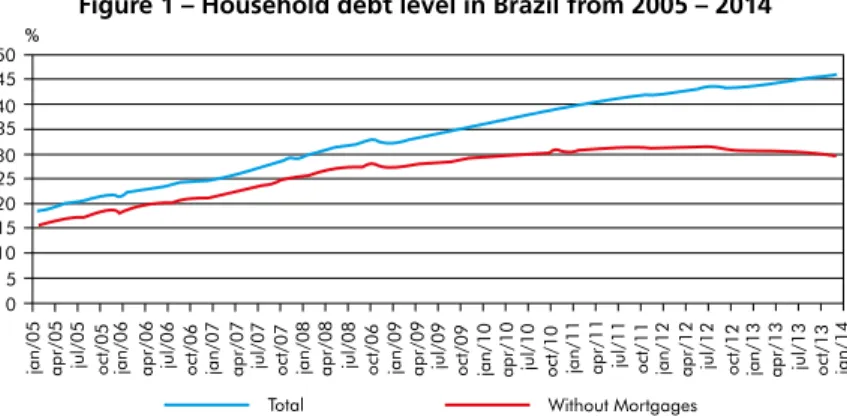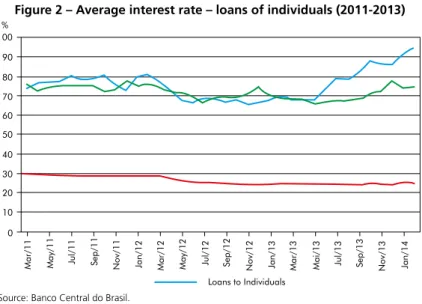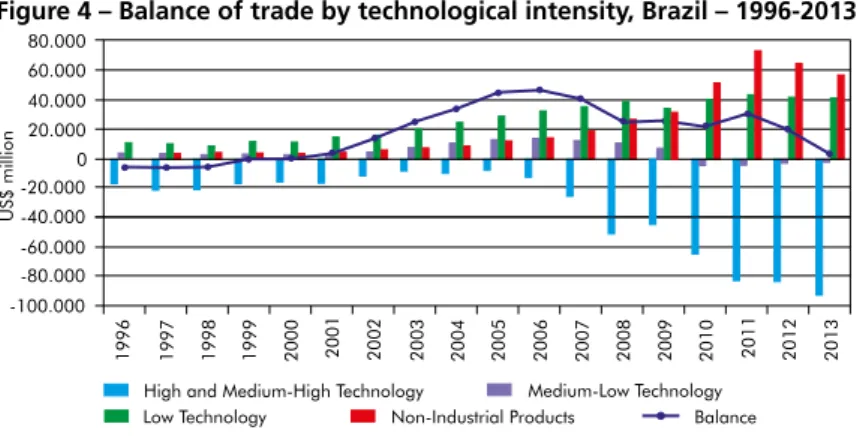Rev. econ. contemp. vol.21 número2
Texto
Imagem




Documentos relacionados
Como vimos, o governo não pode ser forçado a um default nos títulos da sua dívida interna pelo mercado em uma economia como a brasileira, na qual o Banco Central fixa a taxa
b) O motivo histórico: este motivo remete ao fato de que os conceitos se adaptam e se moldam historicamente, “viajam”, na linguagem antes utilizada. Isso quer dizer que não
Conforme dito no início, essas variáveis são a taxa de salários (que quando superio- res à produtividade do trabalho geram aumento da inflação ou redução da margem de lucro, a
Se o tripé do Estado Desenvolvimentista era formado pela macroeconomia ex- pansiva, proteção e política industrial (em que o investimento público assumia um papel central articulando
Sobre prováveis reações políticas a tal redistribuição de renda, ver Cavalcante (2015).. Embora o argumento ortodoxo fosse frágil, a pressão dos bancos não era. Segundo o chefe
Defending the Stability and Growth Pact (SGP) of the European Union, adopted to prevent irresponsible fiscal policies to have harmful effects on macroeconomic growth and
can accommodate both labor productivity and labor force growth. While government policies can influence to some extent the rate of expansion of the market through its monetary
It is just as important to rethink macroeconomic policies which cannot simply be used for the management of inflation and the elimination of macroeconomic imbalances, since fiscal